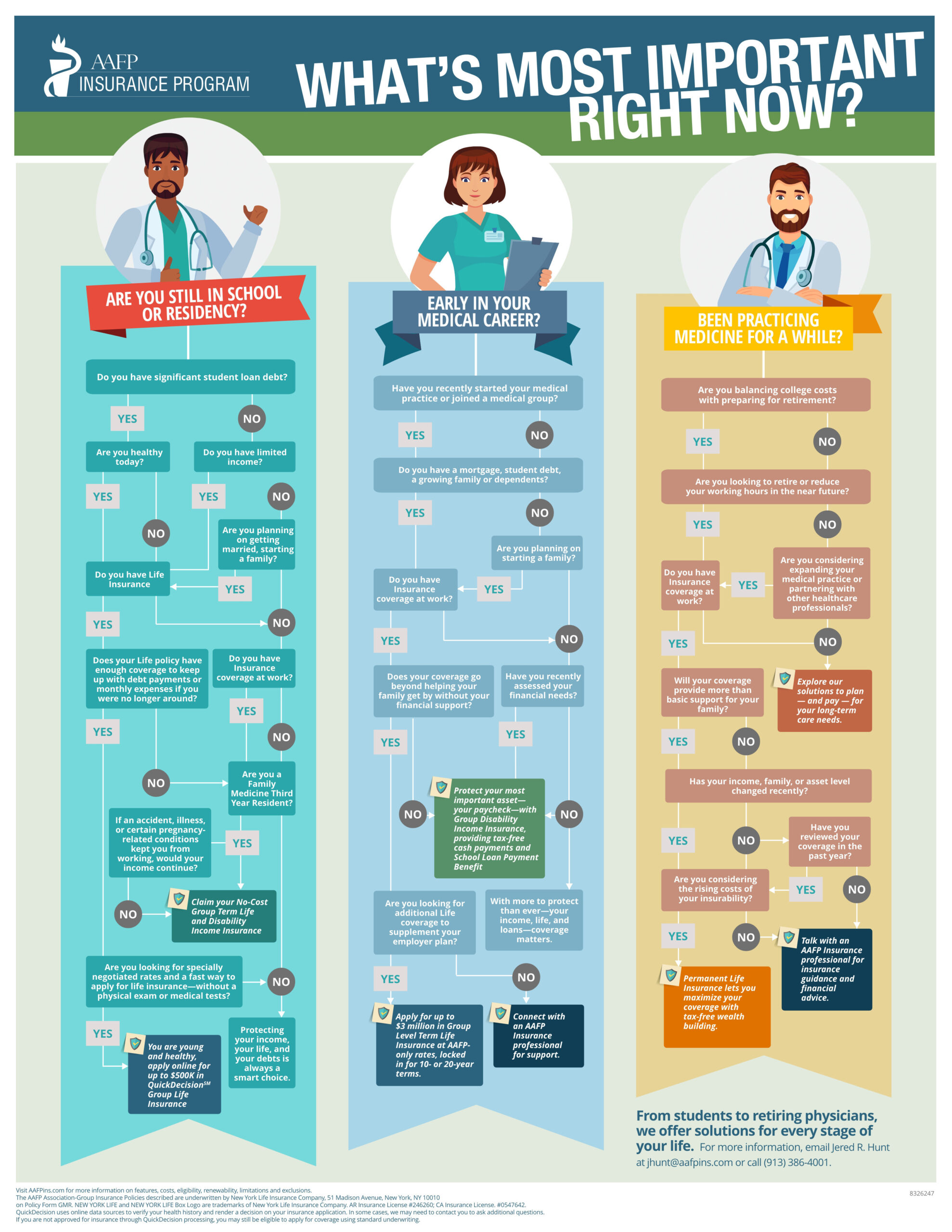The Centers for Medicare and Medicaid Services (CMS) stated that under the provision, “certain physicians who provide eligible primary care services will be paid the Medicare rates in effect in calendar years 2013 and 2014 instead of their usual state-established Medicaid rates, which may be lower than federally established Medicare rates.” The objective of this provision is to encourage family docs to see more Medicaid patients.
What does this mean for you?
This ruling will raise rates, ensuring that doctors will be paid the same for treating both Medicaid and Medicare patients without raising costs for states. The ruling indicates that states will receive an additional $11 billion from the federal government during this two-year period.
These improved payments apply to family physicians, pediatricians, general internists and related subspecialties, as well as nurse practitioners under the supervision of a PCP. Payments are expected to increase family physicians income by 7%, and increase pay for other primary-care practitioners by 3-5%.
According to Cindy Mann, director of CMS’ Center for Medicaid and CHIP Services, these pay increases will “assure better payment for and expansion of participation of primary care providers.”
While Jeffrey Cain, the president of AAFP, welcomes these efforts to provide care for Medicaid beneficiaries, he expresses his concern that this provision is only a temporary solution. “Unless Congress acts to permanently extend and fund this provision, a sudden return to disparate and inadequate payment for primary care services needed by Medicaid patients after only two years will again threaten to restrict their access to such needed services,” states Cain.
The pay increase is set to go into effect January 1st, 2013.
Sound Off: Let us know in the comments below your thoughts on this decision.




